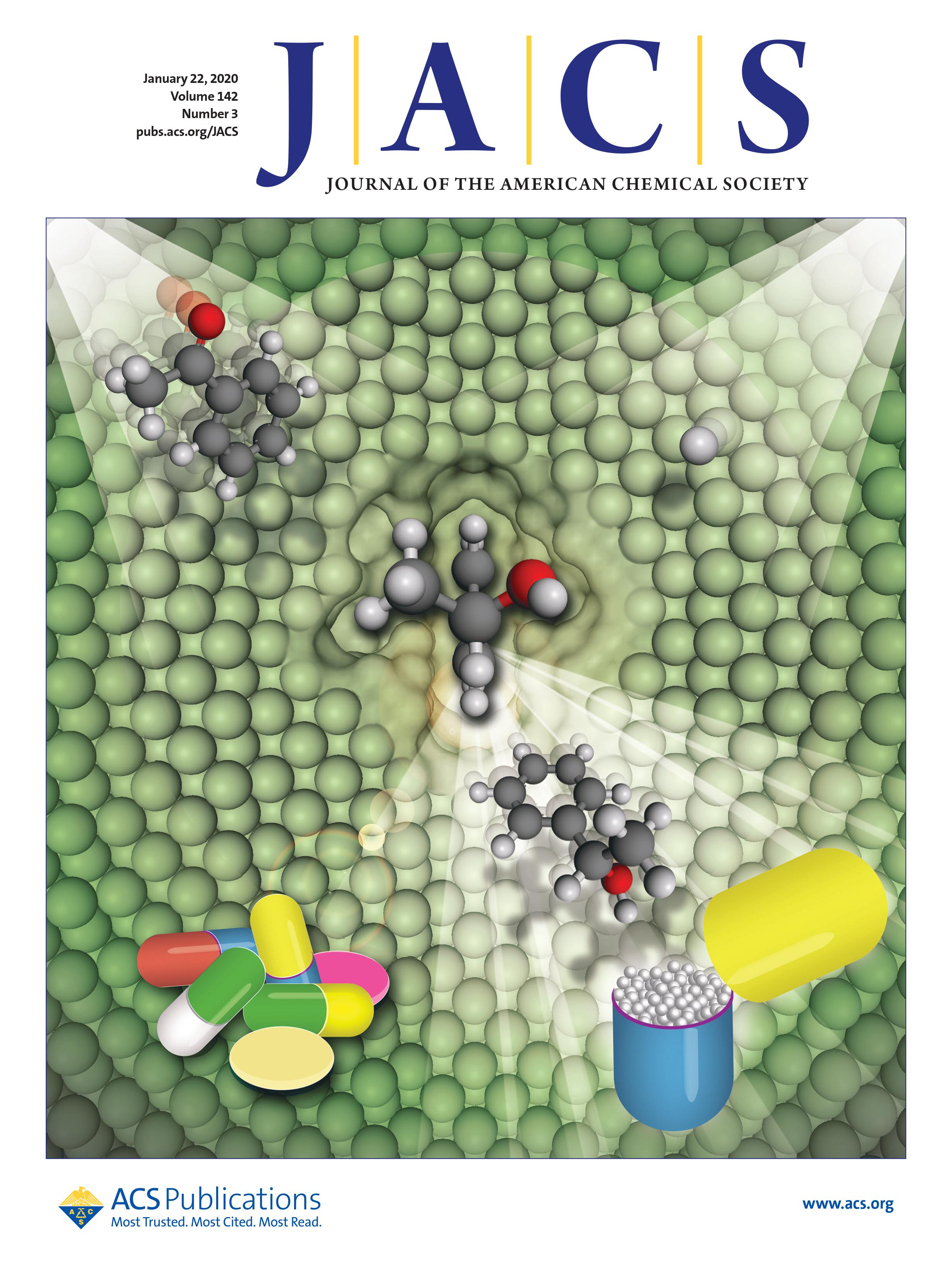The production of chiral compounds is of crucial importance for a wide range of potential applications, especially in cosmetic and pharmaceutical industries.
Chiral compounds are the molecules that have two forms for which all physicochemical properties are identical (mass, melting point, solubility ...), the only difference is that they rotate polarized light in an opposite way. Often they exhibit different pharmaceutical properties; one shows a positive effect in the body, whereas the other one has no effect or even displays toxic properties. In our previous works, we were the first group who demonstrated a series of perspectives with respect to using novel advanced materials, chiral imprinted mesoporous platinum (see more details in our publications), for the highly selective synthesis and the separation of chiral compounds (Chem. Commun., 2019, 55, 10956-10959, Angew. Chem. Int. Ed., 2019, 58,3471–3475, Nature Communications, 2017, 8:2087, Nature Communications, 2016, 7:12678, Nature Communications, 2014, 5:3325). In order to facilitate real applications, it is mandatory to explore the possibility to apply this concept also to other cheap metals, because platinum is rather expensive.

In the present study, our team (Sunpet Asssavapanumat, Marisa Ketkaew, Prof. Dr. Alexander Kuhn, and Dr. Chularat Wattanakit) has demonstrated for the first time that even a cheap and earth-abundant metal such as Ni can retain chiral properties. The designed surface layers not only allow selective discrimination between two chiral molecular forms, but most importantly also allow very selective production of chiral molecules (>80% enantiomeric excess). These results open up very promising perspectives for the development of low-cost non-noble-metal matrices for the synthesis of chiral compounds (J. Am. Chem. Soc. 2019, 141, 47, 18870-18876).


